Polyurethane is all around us, even if we don’t always notice it. It’s that comfy foam in your couch, the sturdy wheels on your rollerblades, and even the sealant keeping your windows draft-free. But what exactly is this material, and why is it so widely used? In this article, we’ll explore what polyurethane is, its unique properties, and its diverse applications in our daily lives.
Key Takeaways
- Polyurethane is a versatile material found in many everyday items like furniture and footwear.
- It is known for its strength, durability, and flexibility, making it ideal for various applications.
- Polyurethane can be both rigid and flexible, depending on its formulation.
- It is widely used in industries such as construction, automotive, and electronics.
- Despite its benefits, polyurethane poses environmental challenges, particularly in disposal and recycling.
Understanding What is Polyurethane
Definition and Composition of Polyurethane
Polyurethane, commonly known as PU, is a synthetic polymer that stands out due to its versatility. It’s made by reacting polyols with diisocyanates, resulting in a material that can be tailored to various forms, from flexible foams to hard coatings. This adaptability makes polyurethane an essential material in many industries.
Historical Development of Polyurethane
The story of polyurethane began in the late 1930s when Otto Bayer and his team at IG Farben in Germany discovered the reaction between polyols and diisocyanates. Initially developed as a rubber substitute during World War II, its commercial production took off in the 1950s. Since then, polyurethane has evolved, finding applications in everything from furniture to automotive parts.
Historical Development of Polyurethane
Key Characteristics of Polyurethane
Polyurethane is celebrated for its strength, durability, and flexibility. These attributes make it ideal for products that require long-lasting performance. Additionally, its thermal stability and resistance to abrasion and chemicals further enhance its appeal across various sectors. Polyurethane’s unique properties allow it to replace traditional materials, offering improved performance and longevity.
Chemical and Physical Properties of Polyurethane
Chemical Resistance and Stability
Polyurethane is known for its impressive chemical resistance. It’s tough against oils, solvents, acids, and alkalis, making it a reliable choice for environments exposed to these substances. This material also shows good water resistance, which is crucial for applications that encounter moisture. Some formulations even offer UV resistance, protecting surfaces from sun damage. Polyurethane can be adapted to be flame retardant, enhancing safety in various applications.
Physical Strength and Flexibility
One of the standout qualities of polyurethane is its balance of strength and flexibility. It can be formulated to be either soft and flexible or hard and rigid, depending on the need. This versatility makes it suitable for a wide range of products, from soft foam cushions to sturdy construction components. Polyurethane’s elasticity allows it to return to its original shape after being stretched or compressed, which is ideal for products that require resilience.
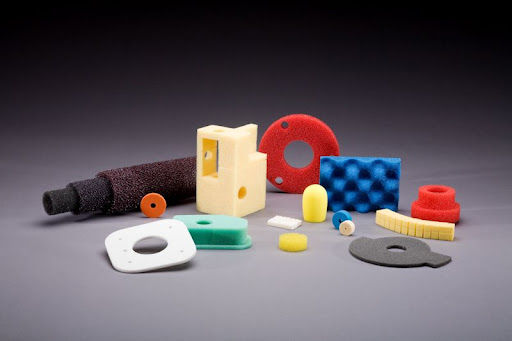
The versatility of polyurethane in applications
Thermal and Electrical Properties
Polyurethane exhibits good thermal stability, maintaining its properties across a wide temperature range. It is often used as an insulator in construction due to its low thermal conductivity. While not typically known for electrical conductivity, polyurethane can be modified to offer specific electrical properties if needed.
Polyurethane’s diverse properties make it a favorite in industries that demand durability and adaptability. From construction to consumer goods, its ability to withstand harsh conditions without losing integrity is unmatched.
In the realm of construction, polyurethane is a game-changer. It’s used in insulation panels, sealants, and coatings, offering both protection and efficiency. Companies like NewTec Group in Vietnam are leading the way in manufacturing and exporting these materials. They’re actively seeking partnerships with construction companies and distributors to expand their reach and impact in the industry.
Diverse Applications of Polyurethane in Industries
Polyurethane is a versatile material with a wide range of applications across various industries. Its unique properties make it suitable for numerous uses, from construction to consumer goods.
Construction and Building Materials
Polyurethane plays a significant role in the construction industry, primarily due to its excellent thermal insulation and durability. It is used in the form of rigid foam for insulating walls, roofs, and floors, helping to reduce energy consumption by maintaining temperature stability. Polyurethane coatings are essential in industrial applications, protecting against corrosion, abrasion, and chemical exposure for equipment, machinery, and infrastructure. This makes them ideal for extending the lifespan of construction materials. Additionally, polyurethane adhesives and sealants are commonly used to bond and seal various building components, ensuring structural integrity.

Polyurethane plays a significant role in the construction industry
In the future, polyurethane is expected to drive innovation in construction materials, offering solutions that are both sustainable and efficient. NewTec Group, a leading manufacturer and exporter based in Vietnam, is at the forefront of this movement. They are actively seeking partnerships with construction companies and distributors to expand the use of advanced polyurethane materials in the building sector.
Automotive and Transportation Uses
In the automotive industry, polyurethane is valued for its lightweight and durable nature. It is used in the production of car seats, interior trim, bumpers, and even tires. Polyurethane’s ability to absorb impacts while maintaining flexibility makes it perfect for enhancing vehicle safety and comfort. Moreover, its resistance to wear and tear ensures longevity and reliability in automotive components.
Consumer Goods and Electronics
Polyurethane is a key component in many consumer goods, providing comfort and durability in products like furniture, bedding, and footwear. In electronics, it serves as an insulating material, protecting devices from moisture and electrical interference. Its versatility allows manufacturers to create products that are both functional and aesthetically pleasing.
Polyurethane’s adaptability makes it a cornerstone in modern manufacturing, offering solutions that enhance both performance and sustainability across various sectors.
Overall, polyurethane continues to be a critical material in industrial applications, offering unmatched versatility and performance. Its role in industries like construction, automotive, and consumer goods highlights its importance in everyday life.
Polyurethane in Everyday Products
Furniture and Bedding
Polyurethane is a staple in the furniture and bedding industry due to its remarkable versatility and comfort. This material is often molded into foam, which can vary in density and firmness to meet specific needs. Whether it’s a plush sofa, a firm mattress, or an ergonomic office chair, polyurethane foam provides the perfect balance of support and comfort. Its durability ensures that products last longer, offering great value for money. Furthermore, its ability to be shaped into various forms makes it an excellent choice for custom furniture designs.
Footwear and Apparel
In the realm of footwear and apparel, polyurethane plays a critical role. Its flexibility and resilience make it ideal for shoe soles, providing both comfort and longevity. Polyurethane coatings are also used in outerwear, offering water resistance and durability. This makes it a preferred choice for manufacturers looking to enhance the performance of their products while maintaining a lightweight and stylish design.
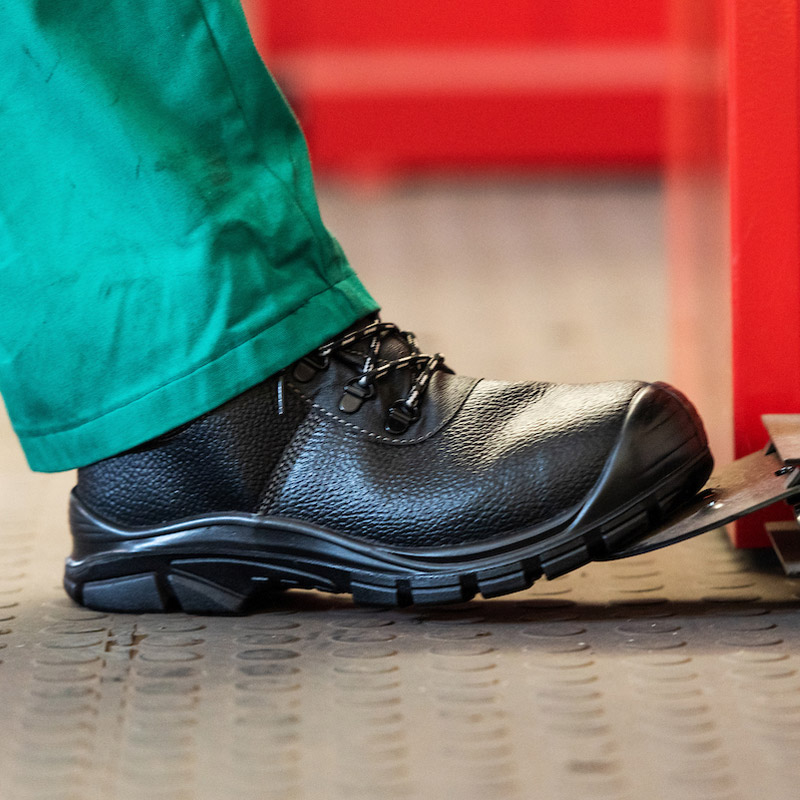
The application in footwear
Household Appliances
Polyurethane’s insulating properties are highly valued in household appliances. Refrigerators and freezers, for example, use polyurethane foam for thermal insulation, which significantly improves energy efficiency by maintaining consistent internal temperatures. This not only reduces energy bills but also contributes to environmental sustainability. Additionally, polyurethane is used in various seals and gaskets within appliances, ensuring they operate quietly and efficiently.
Polyurethane’s adaptability in everyday products underscores its importance in modern living. From the comfort of our furniture to the efficiency of our appliances, this versatile material enhances quality of life in countless ways. As a leading Polyurethane supplier, NewTec Group is committed to delivering innovative solutions that meet the evolving needs of consumers and industries alike.
Environmental Impact and Sustainability of Polyurethane
Eco-friendly Aspects of Polyurethane
Polyurethane is often praised for its durability and versatility, but its environmental footprint is a growing concern. Traditional polyurethanes are derived from crude oil and are not biodegradable, which means they can persist in the environment for a long time. However, innovations are paving the way for more sustainable alternatives. Researchers are exploring the use of plant-based oils and fish waste to create polyurethanes that reduce reliance on fossil fuels. This shift not only promotes renewable resources but also aims to minimize waste and pollution.
Recycling and Disposal Challenges
Recycling polyurethane presents significant challenges. The material’s diverse formulations make it difficult to separate and recycle effectively. While some progress has been made, such as the development of technologies to break down polyurethane into reusable components, these methods are not yet widespread. Disposal remains a significant issue, with traditional polyurethanes contributing to landfill waste. The industry is actively seeking solutions to improve recycling processes and reduce environmental impact.

The process of recycling polyurethane
Innovations in Sustainable Polyurethane
The push for sustainability has led to exciting innovations in polyurethane technology. New formulations aim to lower VOC emissions, making them safer for both workers and the environment. Additionally, the use of recycled materials, like rubber pavers made from old tires, is gaining traction. These initiatives not only reduce waste but also enhance the material’s eco-friendliness. As the demand for sustainable materials grows, the industry continues to explore new ways to improve the environmental profile of polyurethane.
Comparing Polyurethane with Other Materials
Differences Between Urethane and Polyurethane
Urethane and polyurethane are often confused, but they have distinct differences. Urethane is a single compound, whereas polyurethane is a polymer made from repeating urethane units. This difference in structure gives polyurethane its renowned strength and versatility. Urethane is more flexible and easier to mold, making it ideal for applications requiring softness and pliability, while polyurethane is robust and durable, suitable for products that need to withstand wear and tear.
| Property | Urethane | Polyurethane |
|---|---|---|
| Flexibility | High | Moderate to Low |
| Rigidity | Low | High |
| Malleability | High | Low |
| Durability | Moderate | High |
Advantages Over Traditional Plastics
Polyurethane stands out when compared to traditional plastics due to its unique properties:
- Durability: Polyurethane is known for its high abrasion resistance, making it suitable for heavy-duty applications.
- Flexibility: Unlike many plastics, polyurethane can bend and flex without breaking, which is essential in applications like coatings and sealants.
- Temperature Resistance: It can withstand extreme temperatures, maintaining its properties from below-freezing to over 200 degrees Fahrenheit.
Limitations and Considerations
Despite its many advantages, polyurethane does have some limitations:
- Environmental Impact: The production and disposal of polyurethane can be challenging due to its non-biodegradable nature.
- Cost: Polyurethane can be more expensive than other materials, which may affect budgeting for large-scale projects.
- UV Sensitivity: Prolonged exposure to UV rays can degrade polyurethane, necessitating the use of stabilizers or protective coatings.
Polyurethane’s versatility and durability make it a preferred choice in many industries, yet understanding its limitations is crucial for effective application. As a material, it offers a balance between performance and adaptability, especially when compared to Nylon, which has greater moisture absorption and brittleness in cold temperatures.
In the construction sector, polyurethane is not just a material but a solution to many challenges. Companies like NewTec Group in Vietnam are pioneering innovations in polyurethane applications, providing materials that promise both durability and sustainability. They’re looking for partners in the construction industry and distributors who share their vision of advancing construction materials for the future. This collaboration potential opens new possibilities for building more resilient and eco-friendly structures.
Future Trends and Innovations in Polyurethane Technology
Advancements in Polyurethane Formulations
Polyurethane is evolving rapidly, with new formulations enhancing its applications. One of the most exciting developments is the creation of bio-based polyurethanes, which use renewable resources like plant oils. These innovations not only reduce reliance on fossil fuels but also offer improved biodegradability. Additionally, advancements in polyurethane coatings provide enhanced resistance to chemicals and UV radiation, making them ideal for harsh environments.
Emerging Applications and Markets
Polyurethane’s versatility is opening doors in various markets. In construction, it’s being used to create more durable and energy-efficient building materials. Companies like NewTec Group are at the forefront, pushing the boundaries with innovative products that promise longevity and sustainability. In the automotive sector, polyurethane is being utilized to develop lightweight components that improve fuel efficiency. Meanwhile, the electronics industry is exploring polyurethane’s potential in creating flexible and resilient components.
Research and Development Focus Areas
The future of polyurethane technology is being shaped by focused research and development. Key areas include improving the recyclability of polyurethane products and reducing their environmental impact. Researchers are also working on enhancing the material’s thermal and electrical properties to expand its use in high-tech industries. NewTec Group, a leading manufacturer and exporter in Vietnam, is actively seeking partnerships with construction companies and distributors to further these innovations.
Polyurethane continues to redefine possibilities in various sectors, driven by a commitment to sustainability and performance. As we look to the future, the focus remains on developing materials that meet the demands of a changing world.
As we look ahead, the world of polyurethane technology is set to change in exciting ways. Innovations are on the rise, promising better performance and new applications. If you want to stay updated on these trends and learn more about our products, visit our website today!
Conclusion
Polyurethane is a remarkable material that has seamlessly integrated into our daily lives, offering solutions across a wide range of industries. Its unique properties, such as durability, flexibility, and resistance to wear and tear, make it an invaluable resource in construction, automotive, and consumer goods. As we continue to innovate and explore new applications, polyurethane’s role is set to expand, further enhancing its importance in modern society. Whether it’s in the form of a comfortable mattress or a protective coating, polyurethane proves to be a versatile and essential component in the products we rely on every day.
Read more: Is Polyurethane a Varnish? Understanding the Differences and Best Uses


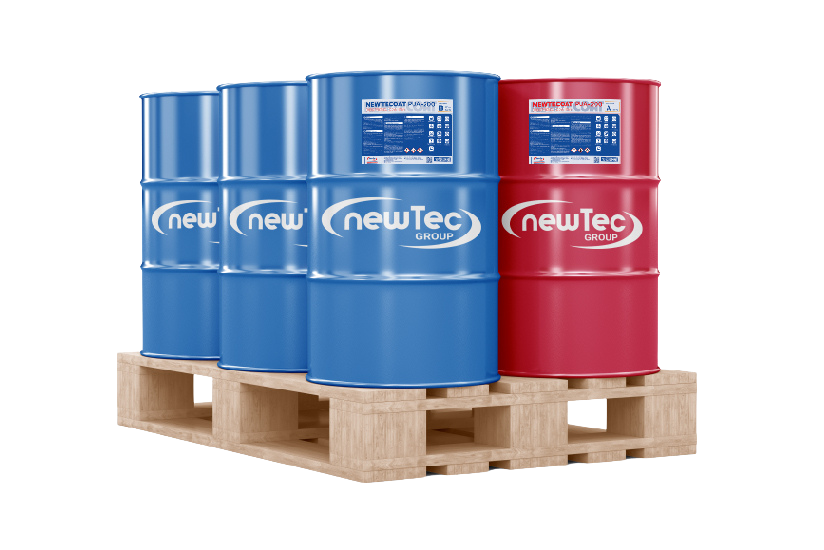
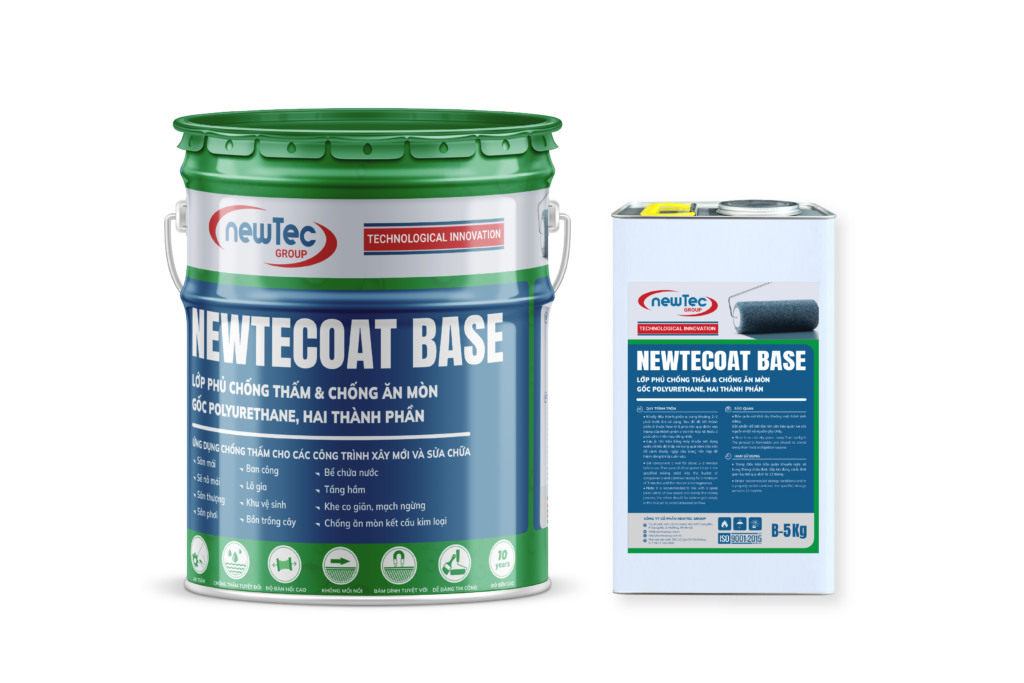
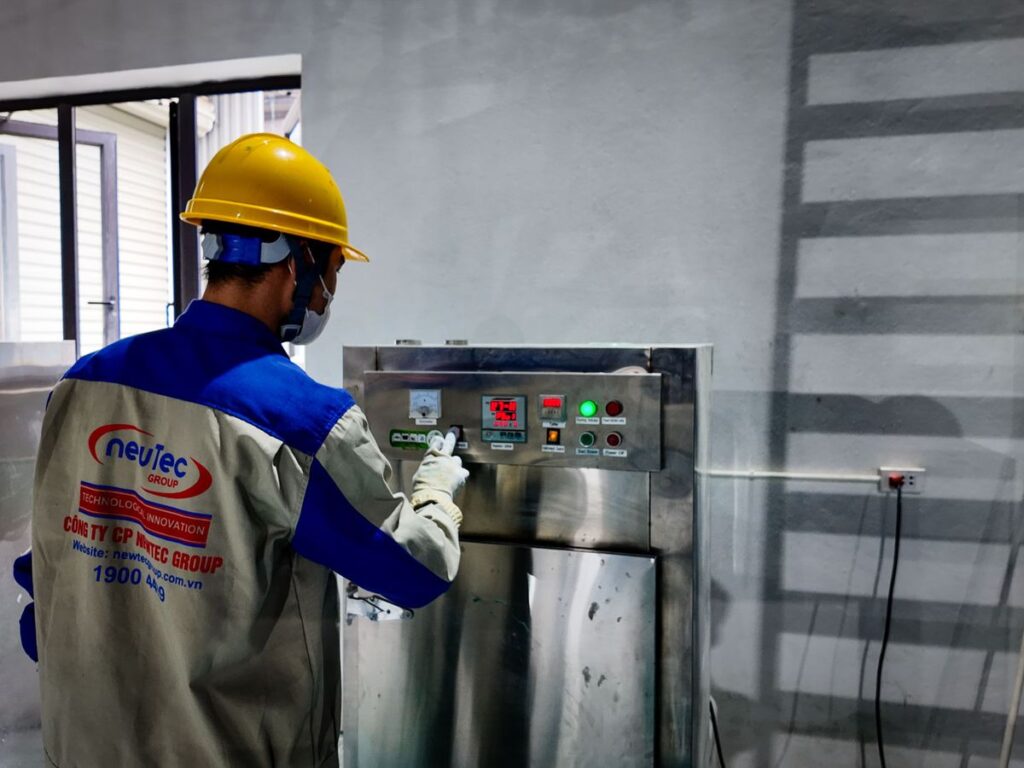
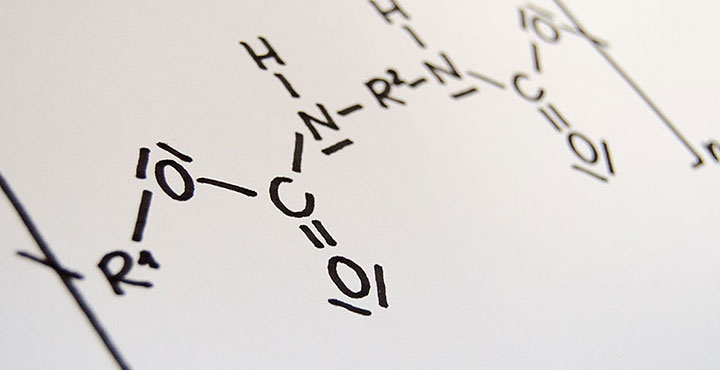
You may also be interested in
Understanding What Polyurethane Foam When Burned Gives Off: Health Risks and Safety Precautions
Polyurethane foam is commonly used in many products, from furniture to insulation. However, when it
May
Exploring the Question: Is Polyurethane Durable Enough for Everyday Use?
Polyurethane is everywhere, from the cushions on your couch to the insulation in your walls.
May
Exploring the Truth: Is Polyurethane Eco Friendly in Today’s World?
Polyurethane is everywhere these days, from your furniture to your sneakers, but is polyurethane eco
May
Trusted Polyurea Manufacturer for Philippines Supporting Industrial and Construction Excellence
The polyurea market in the Philippines is poised for significant growth from 2025 to 2031,
May
The Role of a Reliable Polyurea Manufacturer for Malaysia in Enhancing Construction Quality
Polyurea coatings have become increasingly vital in Malaysia’s industrial and construction sectors due to their
May
Reliable Polyurea Manufacturer for Cambodia Supporting Industrial and Construction Growth
Polyurea coatings are increasingly recognized for their vital role in the industrial and construction sectors,
May
Meet the Leading Polyurea Manufacturer for Thailand Powering Industrial Applications
Polyurea coatings have become an essential solution in various industrial sectors due to their exceptional durability, rapid curing times, and resistance to
May
Exploring Polyurea Manufacturer & Custom Coating Options in Southeast Asia
Polyurea coatings have become a game-changer in the protective coatings industry due to their remarkable
May